Spice Up Your Life with Peruvian Chili Peppers: A Flavorful Journey Through South America
Table of Contents
Introduction to Peruvian Chili Peppers
Peruvian chili peppers are more than just a spicy addition to your meals—they're a cultural staple, a culinary treasure, and a symbol of the rich heritage of Peru. Known for their vibrant flavors, unique heat profiles, and versatility in cooking, these peppers have been an integral part of Peruvian cuisine for centuries. From the Andean highlands to the coastal regions, each variety brings its own story, flavor, and heat level to the table.
Whether you're a seasoned chef or a home cook looking to expand your spice repertoire, peruvian chili peppers offer a world of possibilities. They can be used in salsas, stews, marinades, and even desserts. Their ability to enhance both savory and sweet dishes makes them a favorite among spice enthusiasts around the globe.
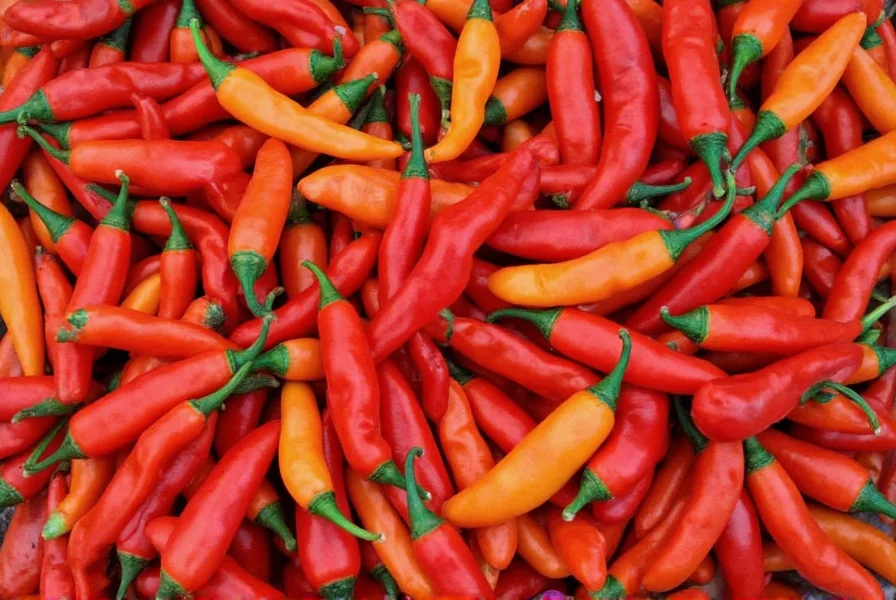
Popular Varieties of Peruvian Chili Peppers
Peru is home to a wide array of chili peppers, each with distinct characteristics. Here are some of the most popular ones:
- Aji Amarillo: The golden-yellow chili known for its fruity, citrusy flavor and medium heat. Often used in sauces like aji amarillo sauce.
- Aji Panca: A deep red chili with a smoky, slightly sweet flavor. Great for making pastes and stews.
- Aji Cristal: A mild, slightly sweet chili with a smooth texture. Commonly used in ceviche and seafood dishes.
- Aji Rocoto: One of the hottest Peruvian chilis, with a thick flesh and a bold, intense flavor. Used in traditional dishes like rocoto relleno.
- Aji Manzano: A small, green chili with a crisp texture and a mild, peppery taste. Often used in salads and fresh salsas.
Each of these varieties has a unique place in Peruvian cuisine and can be found in markets across the country.
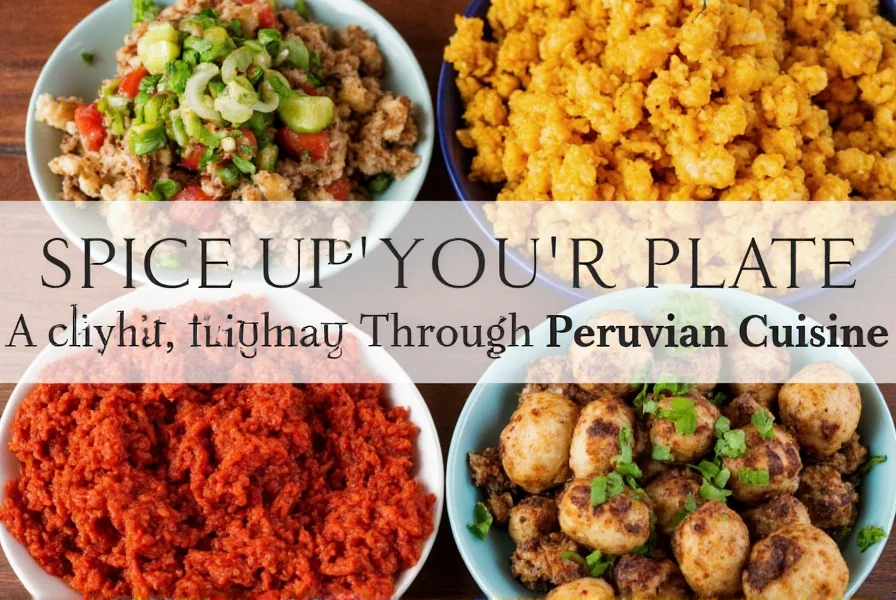
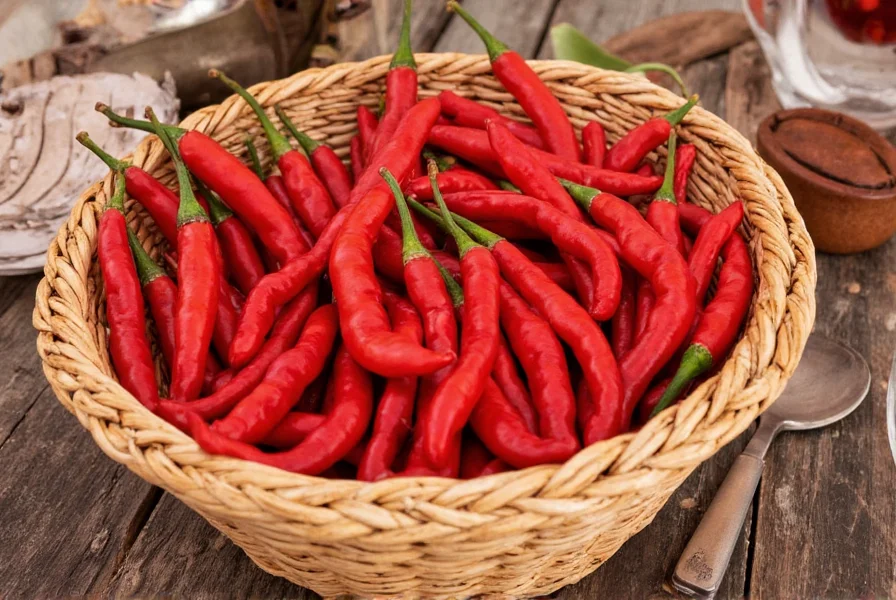
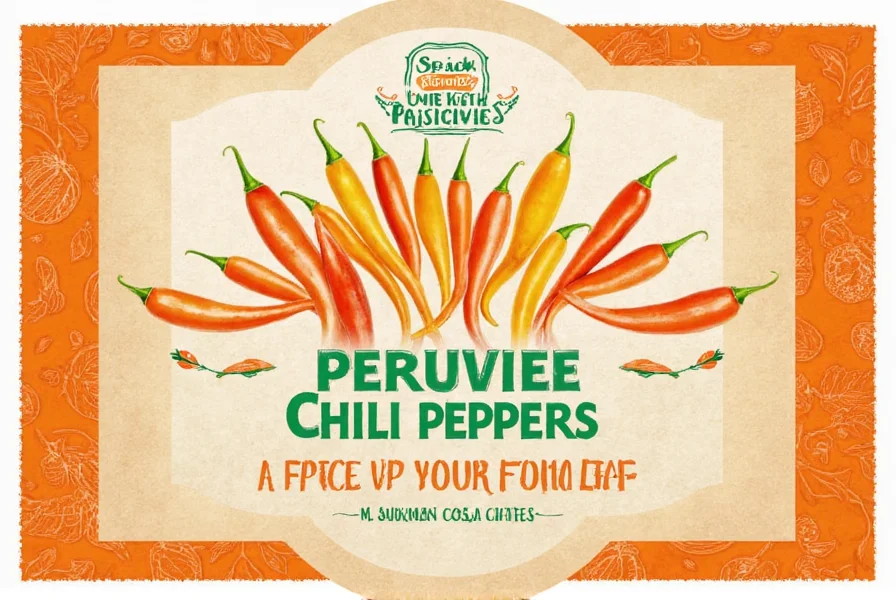
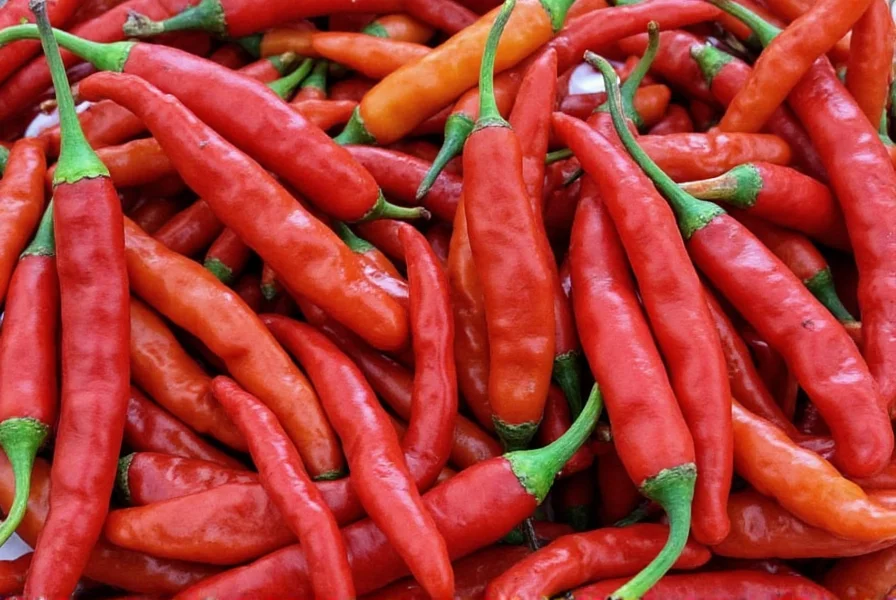
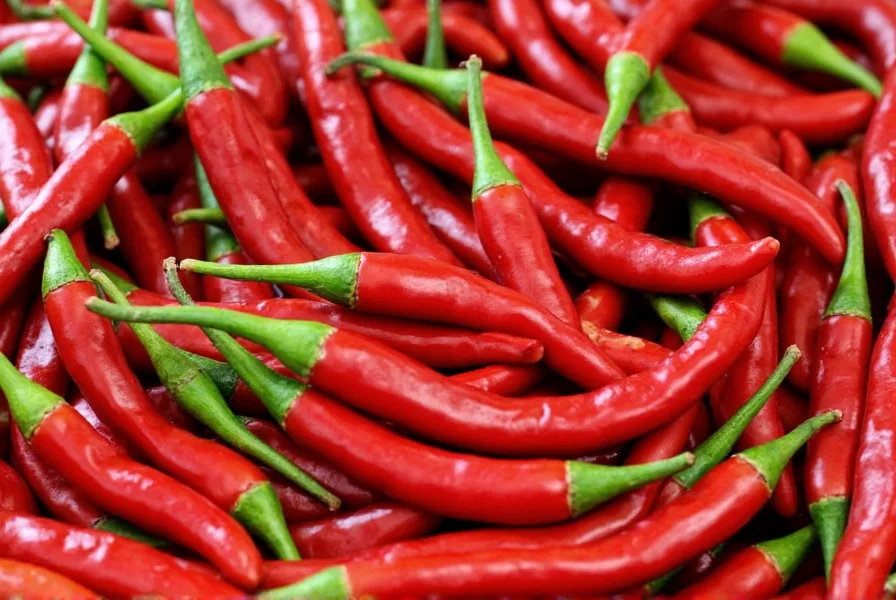
Culinary Uses and Traditions
Peruvian chili peppers are not only about heat—they bring depth, complexity, and authenticity to countless dishes. Here are some traditional uses:
- Salsas: Peruvian salsas often feature aji amarillo or aji panca as the base. These salsas add a bright, tangy kick to grilled meats, potatoes, and seafood.
- Ceviche: Aji cristal is a common ingredient in ceviche, where it enhances the freshness and balance of the dish.
- Stews and Soups: Aji panca and aji roquito are frequently used in hearty stews like lomo saltado or quinoa soups.
- Marinades: The smoky depth of aji panca makes it ideal for marinating meats before grilling or roasting.
- Desserts: Believe it or not, some Peruvian desserts use aji amarillo to add a subtle, spicy twist to chocolate-based treats.
These peppers are also key players in many regional dishes, such as pisco sour (which sometimes includes a touch of aji), and are essential in the famous Peruvian dish, causa.
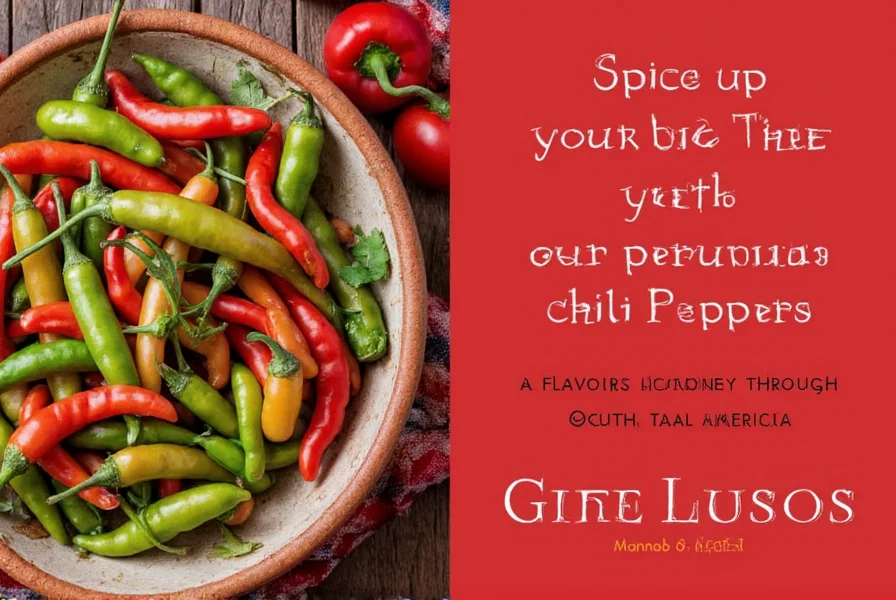
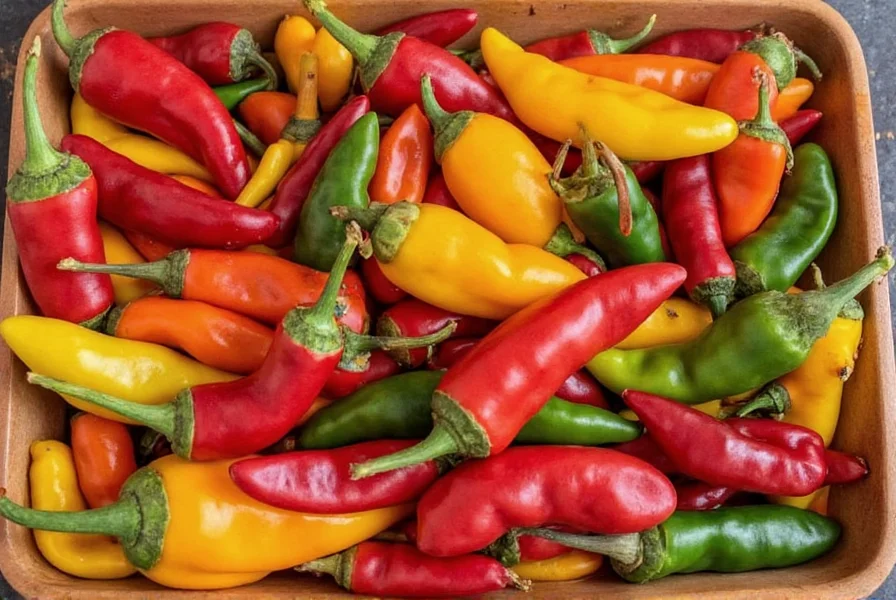
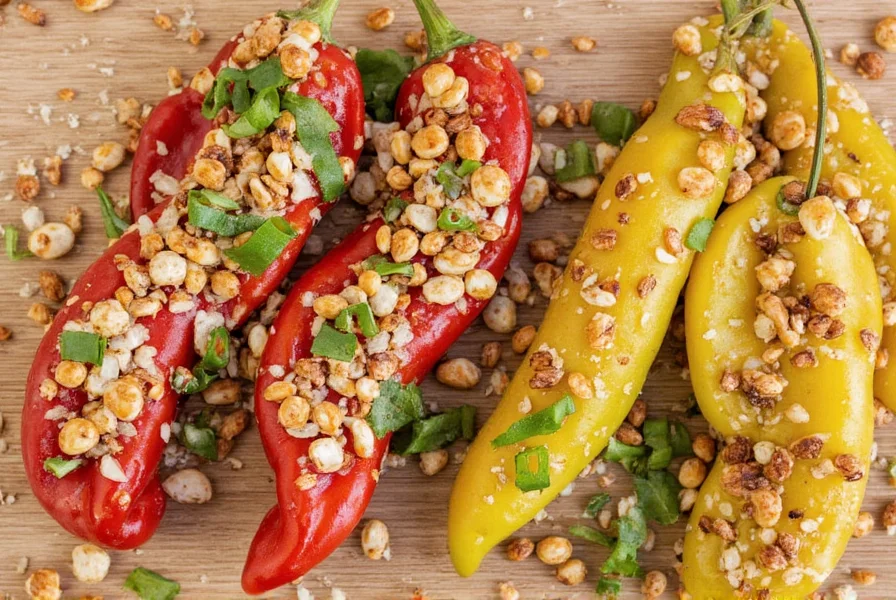

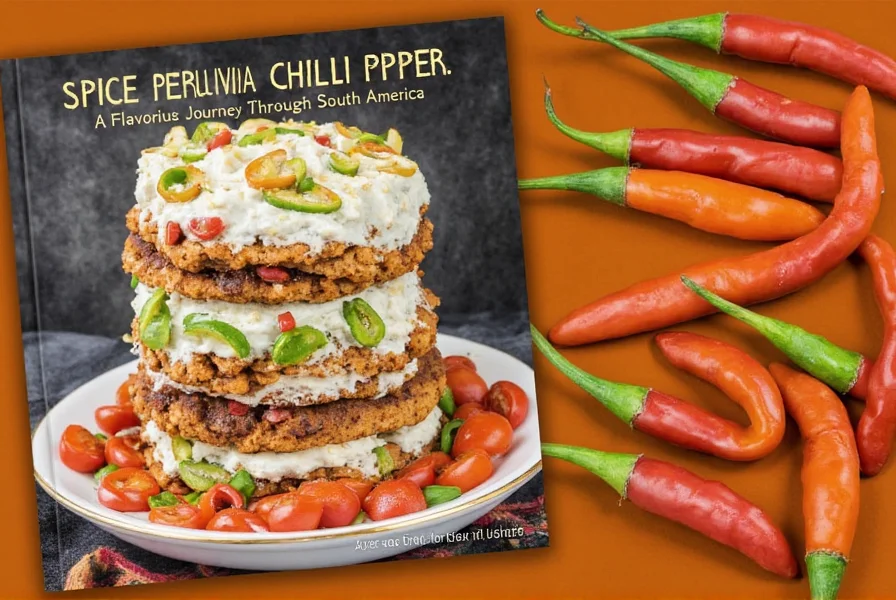
Buying Guide for Peruvian Chili Peppers
If you're eager to try Peruvian chili peppers, here's a guide to help you choose the right ones for your needs:
Types of Products Available
- Fresh Chilis: Ideal for those who want to experience the true flavor and texture. Look for firm, glossy peppers without blemishes.
- Dried Chilis: Perfect for long-term storage and for adding depth to dishes. Dried aji panca or aji amarillo are commonly available.
- Chili Pastes: Ready-to-use options like aji amarillo paste or aji panca paste save time and effort in the kitchen.
- Chili Flakes or Powder: Great for seasoning and adding a quick hit of heat. Use sparingly to avoid overpowering the dish.
Features and Advantages
- Flavor Profile: Each type offers a unique combination of heat, sweetness, and acidity. Choose based on your desired outcome.
- Heat Level: Aji roquito is the hottest, while aji cristal is milder. Know your tolerance before experimenting.
- Versatility: Whether you're making a sauce, a stew, or a marinade, there's a variety that fits your recipe.
Use Cases and Target Audience
- Chefs and Food Enthusiasts: Those looking to elevate their cooking with authentic Peruvian flavors.
- Home Cooks: A great way to explore new cuisines and experiment with different heat levels.
- Special Occasions: Perfect for festivals, dinners, or themed meals where you want to showcase global spices.
The sentence that expands on the peruvian chili peppers: Peruvian chili peppers are not only a source of heat but also a gateway to the soul of Peruvian cuisine, offering a blend of flavor, culture, and tradition that can transform any dish into something unforgettable.
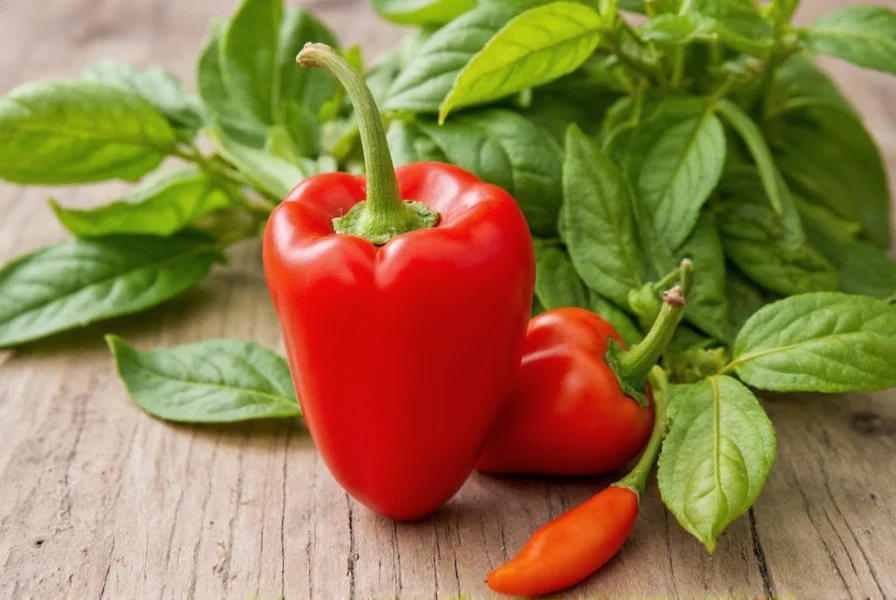
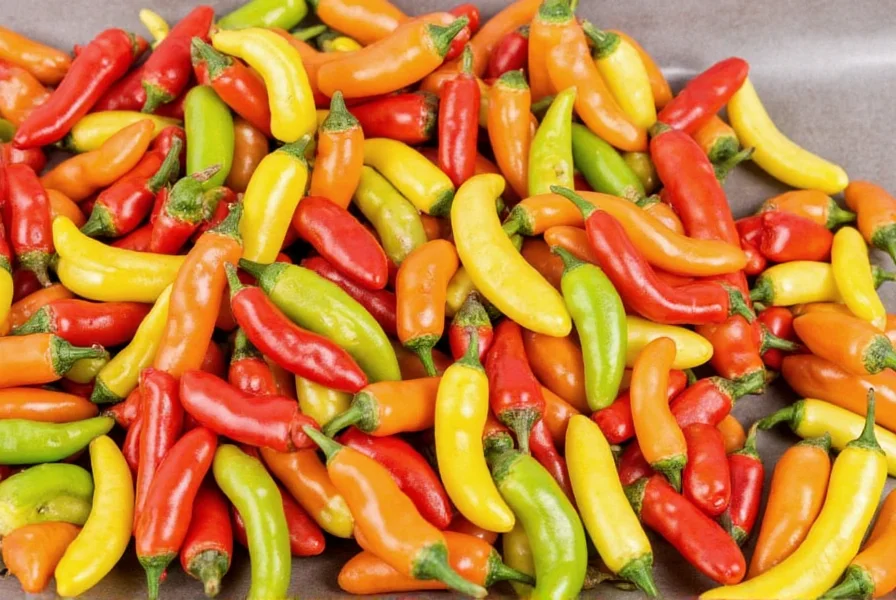
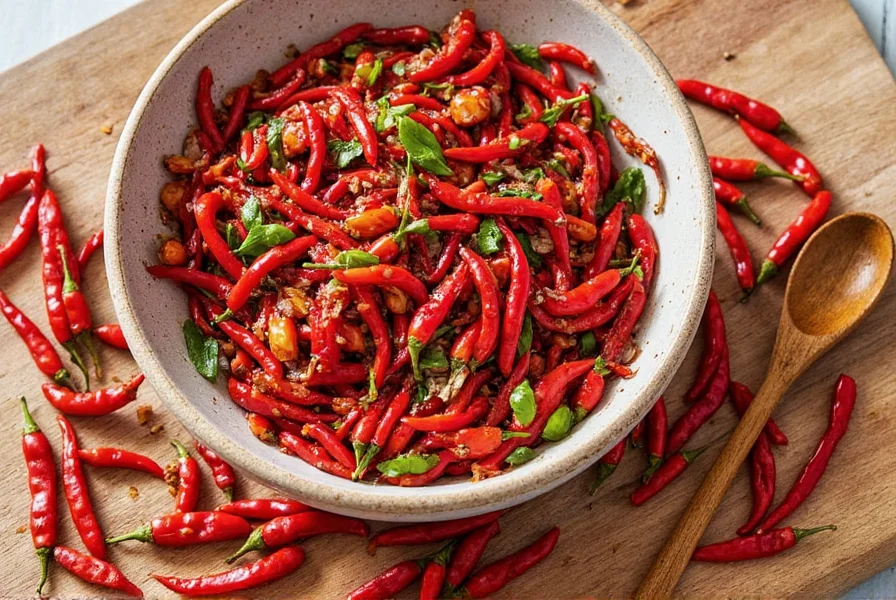
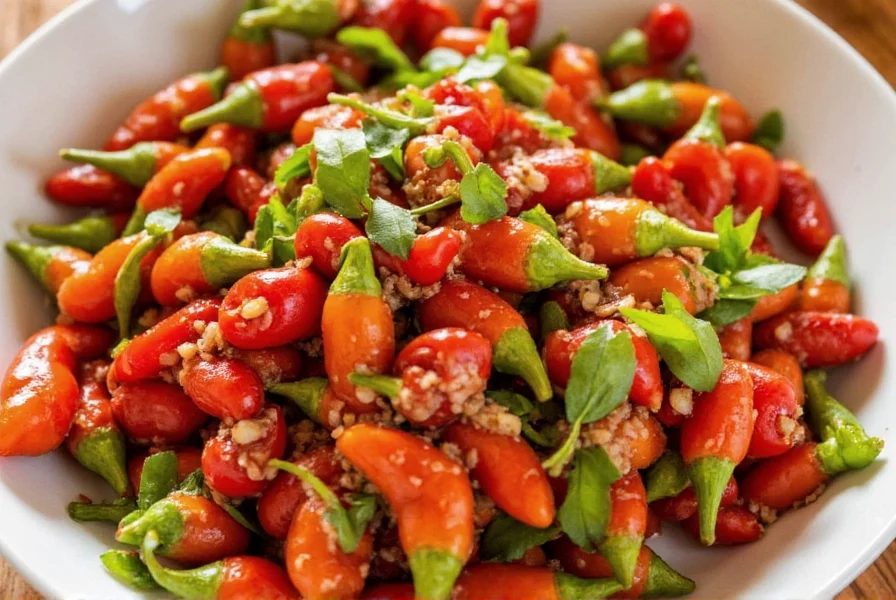
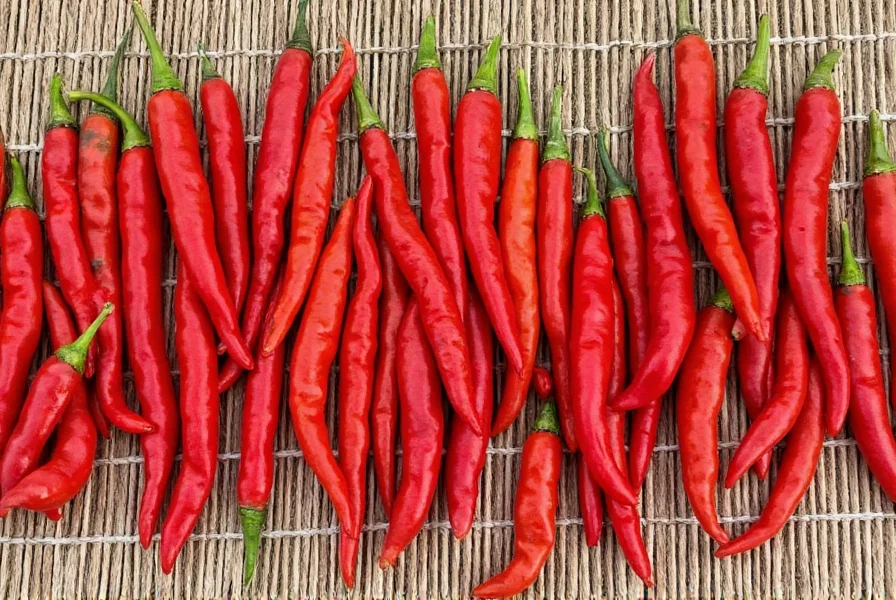
Practical Tips for Using Peruvian Chili Peppers
Here are some helpful tips to make the most of your Peruvian chili peppers:
- Start Small: Even a little goes a long way. Taste as you go to avoid over-spicing your dish.
- Use Gloves: Handle fresh chilis with care—always wear gloves to prevent skin irritation from capsaicin.
- Roast for Depth: Roasting dried chilis enhances their flavor and gives a smoky dimension to your recipes.
- Pair Wisely: Combine with acidic ingredients like lime juice or vinegar to balance the heat and bring out the natural flavors.
- Experiment: Don't be afraid to mix different varieties. Aji amarillo and aji panca together can create a complex, layered sauce.
With these tips, you'll be able to confidently incorporate Peruvian chili peppers into your cooking and enjoy their full potential.
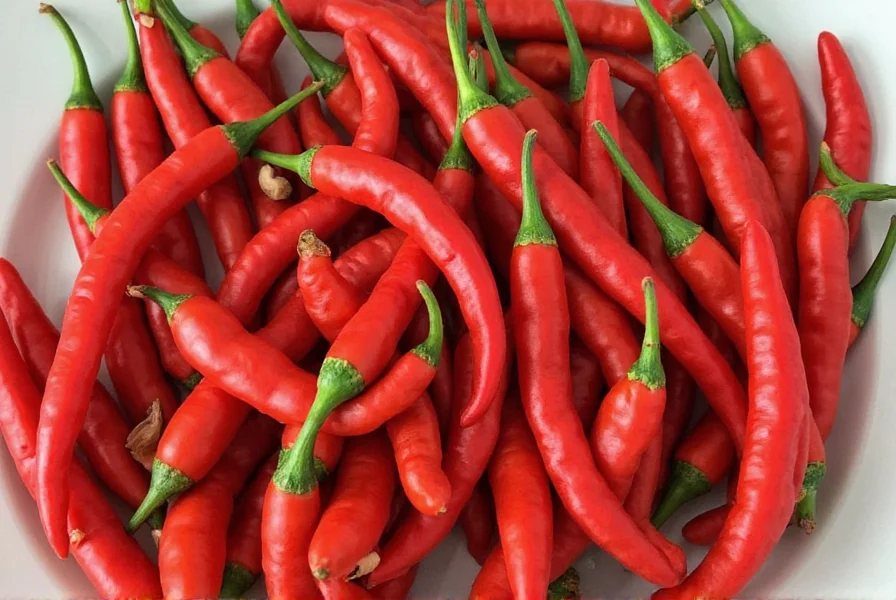
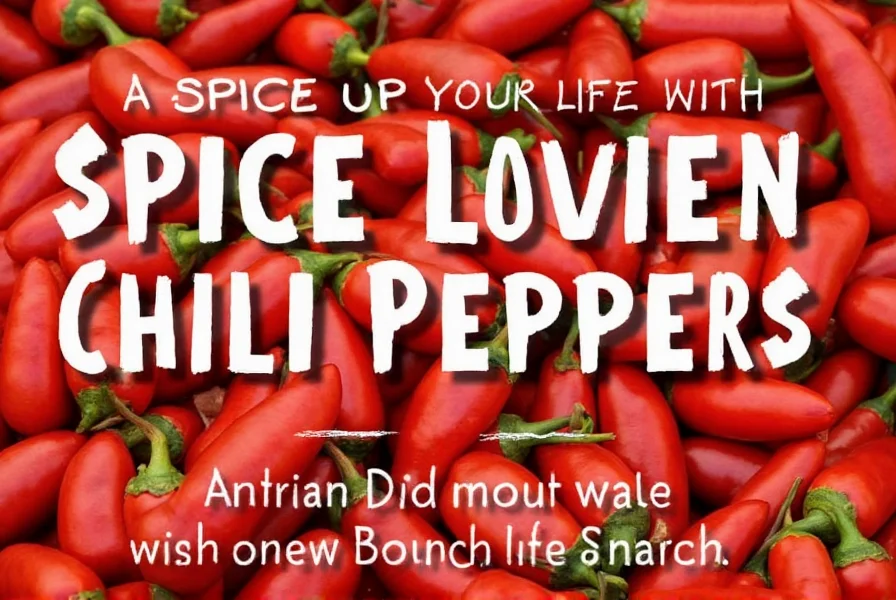
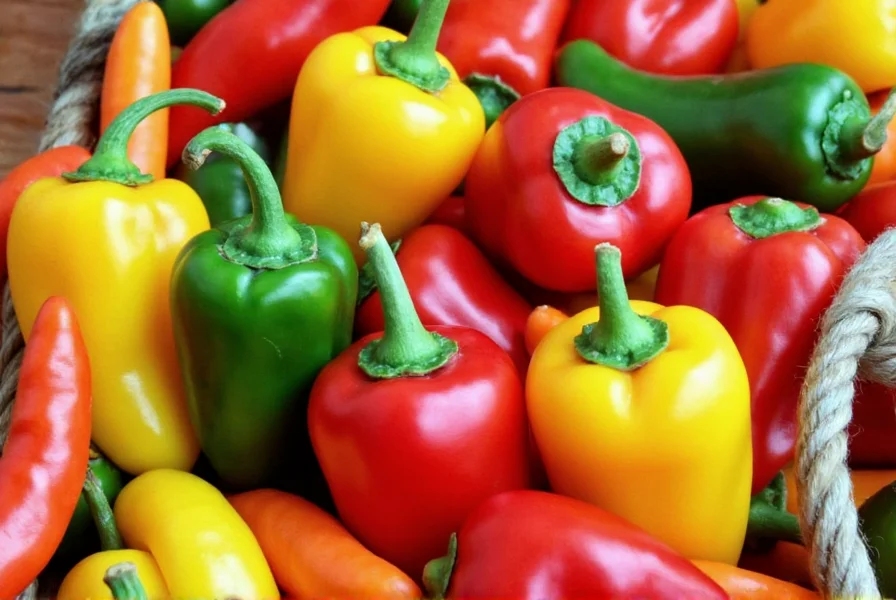
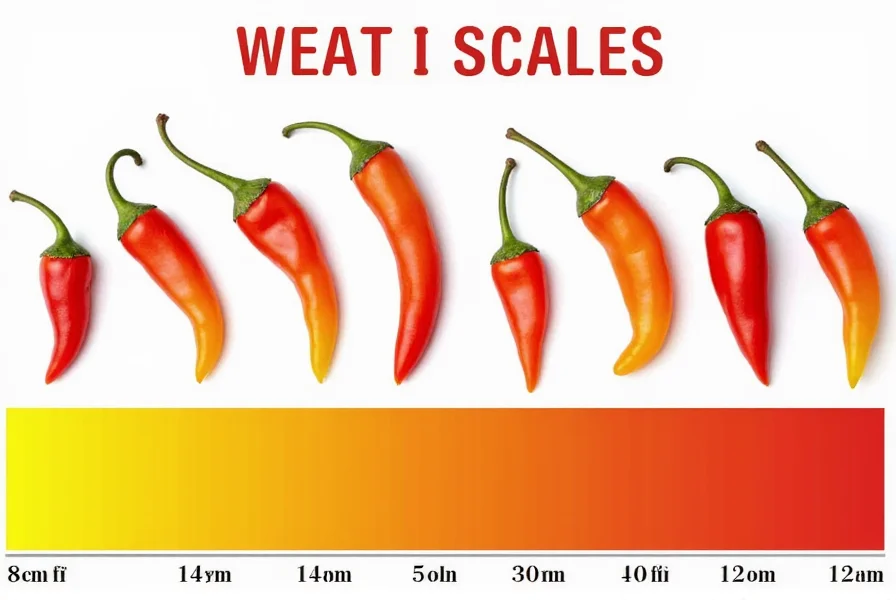
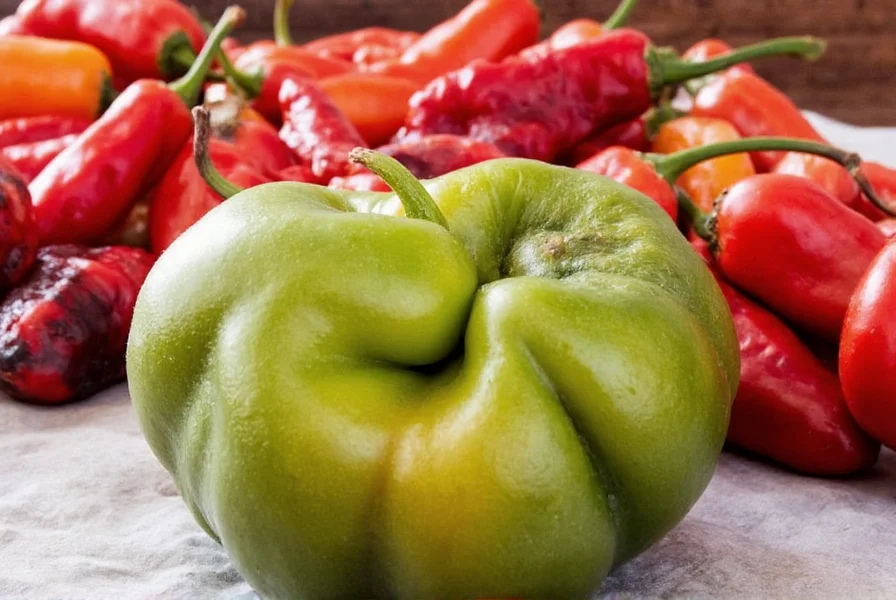
Conclusion
Peruvian chili peppers are more than just a fiery ingredient—they're a window into the heart of Peruvian culture and cuisine. From the golden glow of aji amarillo to the smoky richness of aji panca, these peppers offer a world of flavor, heat, and tradition. Whether you're a professional chef or a curious home cook, exploring the diversity of Peruvian chili peppers is a rewarding journey that can elevate your cooking and deepen your appreciation for global spices.
So next time you're in the kitchen, consider reaching for a Peruvian chili pepper. You might just discover a new favorite ingredient that adds both heat and heart to your dishes.
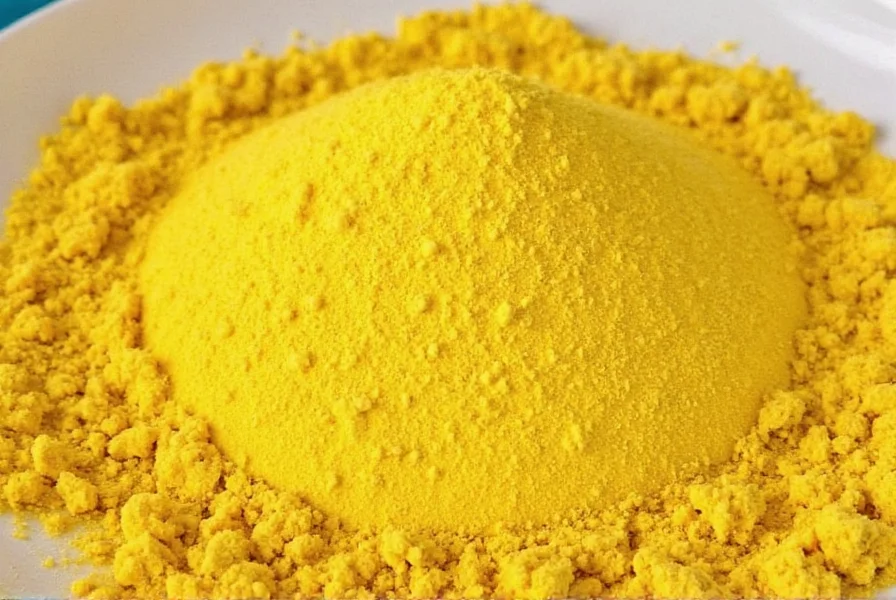

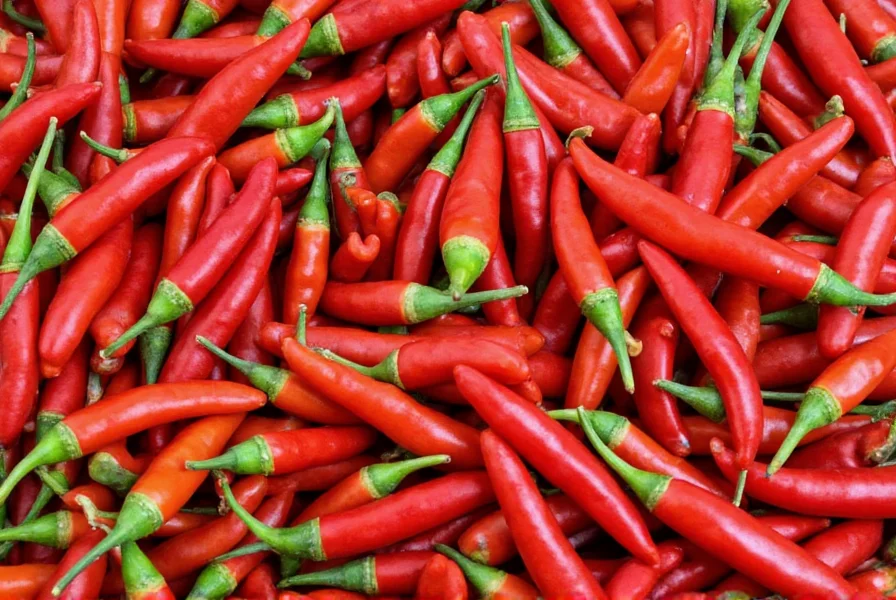









 浙公网安备
33010002000092号
浙公网安备
33010002000092号 浙B2-20120091-4
浙B2-20120091-4